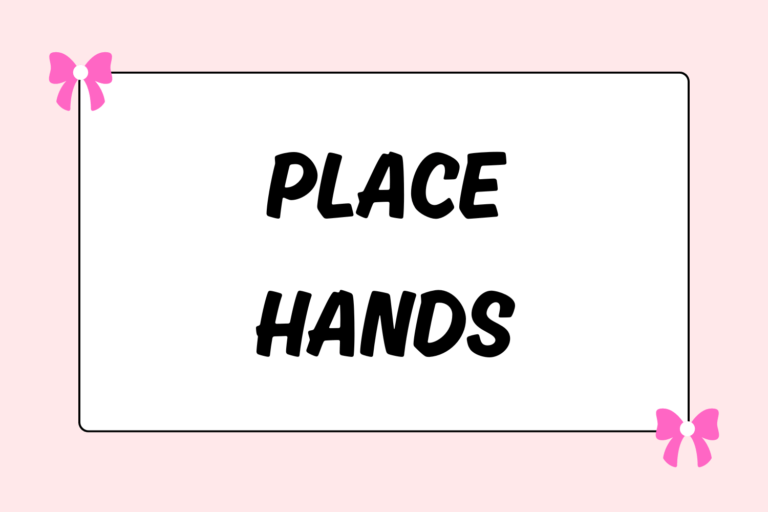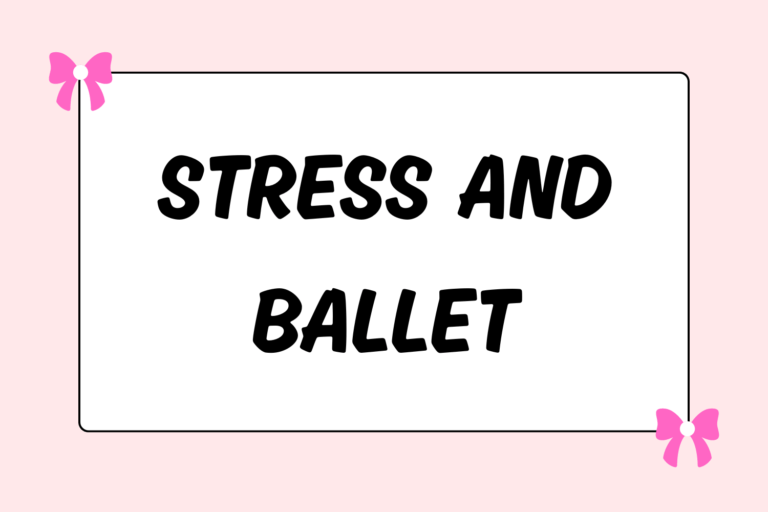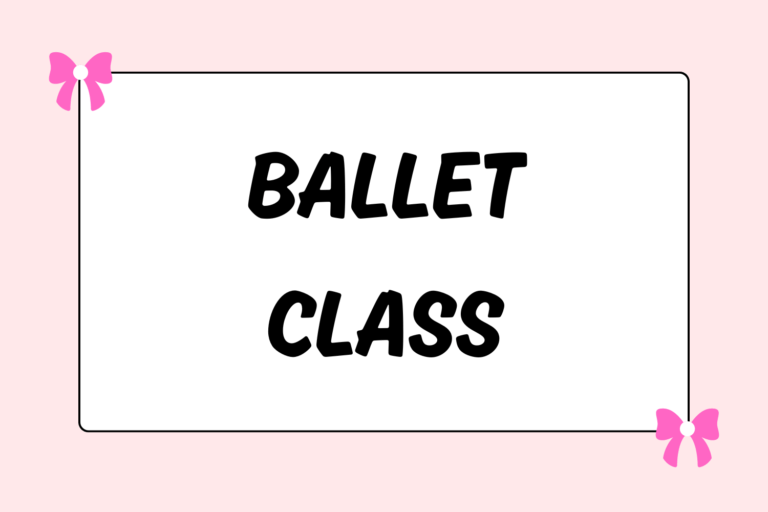Breathing in ballet may seem as simple as, well, breathing. However, it has proven to be more challenging than it seems. In addition to sustaining your energy levels during class, rehearsals, and performances, breathing properly can visibly change your dancing for the better.
Knowing where to initiate your breath, when to inhale and exhale, and how to stay focused on your rhythm can take great skill. This guide will give you an overview of the ballet breath and offer tips for remembering how to breathe while dancing.
Don’t Suck in Your Stomach
Although a strong and toned core is essential to ballet technique, sucking in your stomach will eliminate much of your breath capacity. This common mistake can also make a dancer look stiff rather than supple and graceful. Sucking in tends to decrease hip flexibility and turnout, both of which are essential in ballet.
Use Your Diaphragm
As an exercise, stand in first position and place one hand on your stomach. As you breathe, pay attention to see if your abdomen (or “middle” in ballet lingo) is moving. If it is, then you are breathing into your diaphragm, which is a good thing. If it is not moving, try to relax the muscles around your ribs — known as the “intercostals.” As you inhale, your ribs will lift and expand away from your hips, filling your diaphragm and lungs. As you exhale, think of your body growing longer rather than bearing down. This action with your exhalation will help to keep the look and strength of a flat stomach while allowing your diaphragm to remain accessible.
Mental Edge
Breathing deeply into your abdomen and diaphragm is commonly used therapy for anxiety disorders and hyperventilation. If you tend to suffer from pre-performance jitters, try using these breathing techniques before you dance.
Exhale Completely
A common mistake while dancing is to inhale fully and then only exhale partially. This creates a stilted look in your dancing and also prevents you from getting the oxygen you need. As your dancing becomes more strenuous — especially during jumps and longer variations — complete exhalations can be a lifesaver. Get into the habit of completing your deep breath cycles even at the beginning of class, so later on your brain can focus on the steps, and exhaling will be second nature.
Slow it Down
Your dancing body needs as much help as it can get. Quick, shallow breaths will only hinder your ability to fully participate in your dancing. Ballet is a technique that strives for extremes and a seemingly elusive perfection. The deeper and longer you breathe, the further you can push your technique.
Breathe into Your Back
A strong back is extremely helpful in ballet, especially in turns and pas de deux lifts. Filling up your back with air will assist in strengthening your muscles, particularly those just under and around the shoulder blades — which are known as the “lattisimi dorsi.” Commonly referred to as the “lats,” these muscles work as great reference points when practicing your ballet breathing. Try to create width between your shoulder blades while you inhale and then engage your lats as you exhale.
Up & In
Having trouble knowing when to inhale and exhale? Generally, when moving upward, you should breathe in. When traveling downward, breathe out. This rule of thumb is built into ballet technique. For example, before a grand plié, your hand in second position extends up before you descend down into the plié. Quite often, this moment of lift is literally called a “breath” of the arms — denoting an inhalation. So next time you are in class, notice how many of these arm motions occur, and think of them as cues to inhale.
Nose or Mouth
Most dancers prefer to breathe with the nose, because it feels more controlled and creates a serene look during performances. This is not to say that when you are pushing really hard (or when your nose is stuffy) that you shouldn’t breathe through your mouth. If you feel that you must use your mouth, try to breathe in through the nose and out through the mouth. This will aid in sustaining a longer breath cycle; and as mentioned above, this helps pump as much oxygen as possible.
Hot Tip: Listen Up
A smooth and sustained breath will sound even and uniformed. When you are alone, away from the studio, practice your long diaphragmatic breathing. Really listen to the sound of your inhalations and exhalations. You may even want to try to constrict just a little bit in your throat to create a soft hissing sound, known in yoga as the “ujjayi” breath. Much like sand in an hourglass, this will help your breath to stay long and powerful, since the same amount of air can pass both in and out.
Breathing is Moving
Dancing involves the whole body. Ballet is such a finely tuned art form that it is easy to become hyper-focused on the details. However, breathing deeply is a great way to unlock tension and free your perceived limitations. As you are dancing, imagine you have little gills all over your body — from your pinky toes to the ends of your fingernails — and breathe it all in. Then release it all out. You might be surprised how much more calm and grounded you feel, even during something as challenging as 32 fouettés!





